The American Southwest holds countless hidden gems where time seems to move differently—places where the pace of life matches the slow erosion of red rock canyons and the gradual shift of dunes. These desert communities have maintained their character through decades of change, offering visitors authentic glimpses of Western heritage wrapped in stunning landscapes.
From adobe buildings baked by centuries of the sun to main streets lined with weathered storefronts, these towns represent something increasingly rare in our fast-paced world. Here is a list of 15 desert towns that have preserved their timeless charm while welcoming modern travelers.
Terlingua
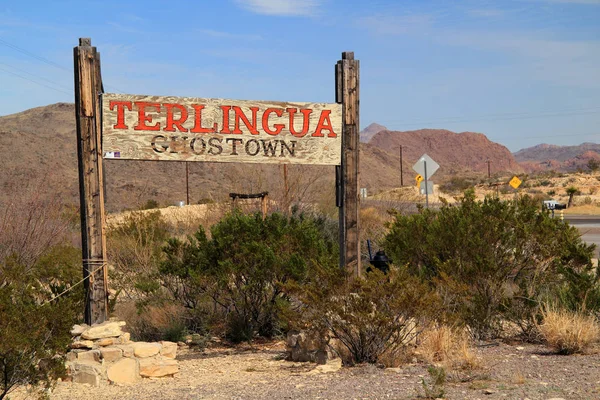
This former mercury mining town sits just outside Big Bend National Park, where abandoned buildings and rusted equipment tell stories of boom-and-bust cycles. The population hovers around 60 residents, though it swells during the annual chili cook-off that draws thousands of visitors.
Ghost town atmosphere meets vibrant local culture as artists and writers have claimed many of the old structures as studios and homes. The vast Chihuahuan Desert stretches endlessly in all directions, making Terlingua feel like the edge of the world.
Moab
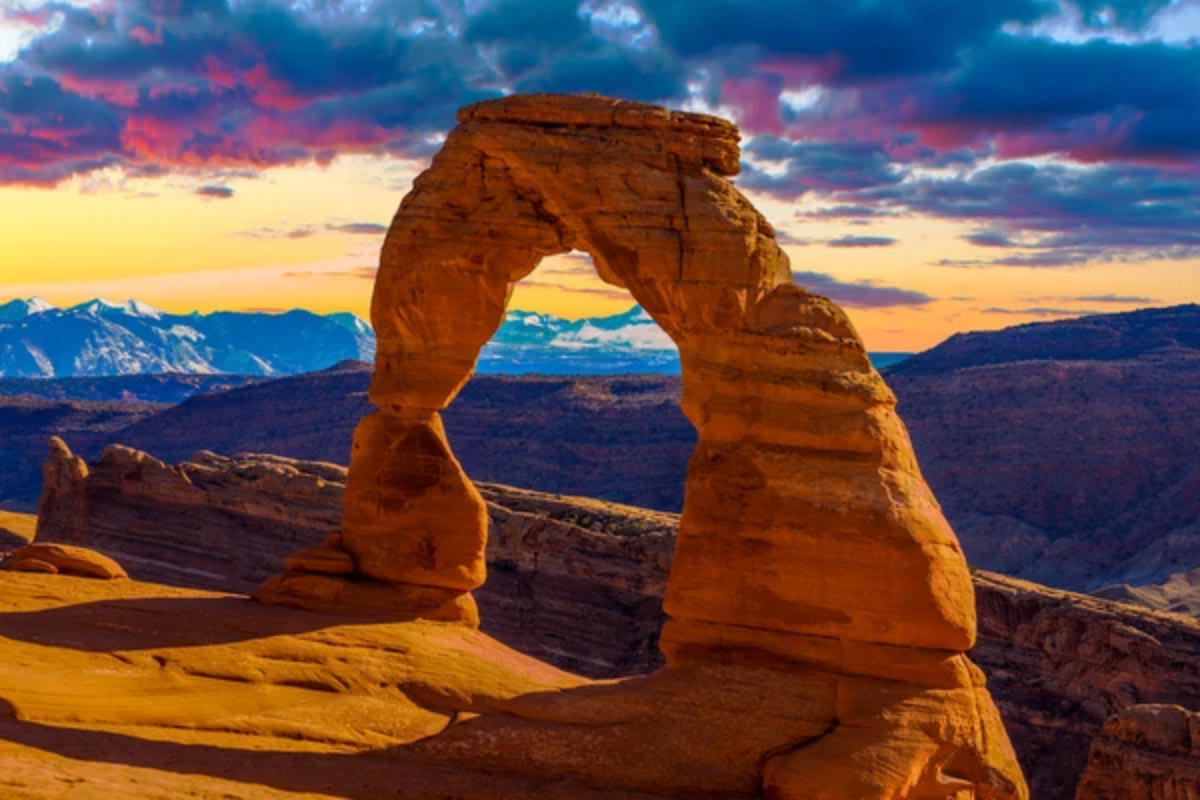
Red rock formations tower over this Utah town like ancient cathedrals, creating a backdrop that has remained unchanged for millions of years. Main Street maintains its small-town character despite the influx of adventure seekers heading to Arches and Canyonlands National Parks.
Local outfitters and cafés occupy buildings that have served the community since the uranium boom of the 1950s. The Colorado River winds through town, providing a green ribbon of life through the otherwise arid landscape.
Like Travel Pug’s content? Follow us on MSN.
Bisbee

Perched in the Mule Mountains of Arizona, this former copper mining town cascades down hillsides in a maze of colorful Victorian houses and narrow streets. The historic downtown district feels frozen in time, with original saloons and hotels still serving visitors more than a century after the mining boom ended.
Artists and retirees have breathed new life into the community while respecting its authentic character. The town’s elevation of 5,300 feet provides relief from typical desert heat, creating a microclimate that supports surprising vegetation.
Marfa

This tiny Texas town has become an unlikely cultural destination while maintaining its ranch-community roots. The mysterious Marfa Lights continue to baffle scientists and attract curious visitors to the same viewing area locals have used for generations.
Contemporary art installations occupy former military buildings, yet the town’s Western atmosphere remains intact. Population hovers around 1,700, ensuring everyone knows their neighbors and visitors are treated like welcomed guests.
Taos
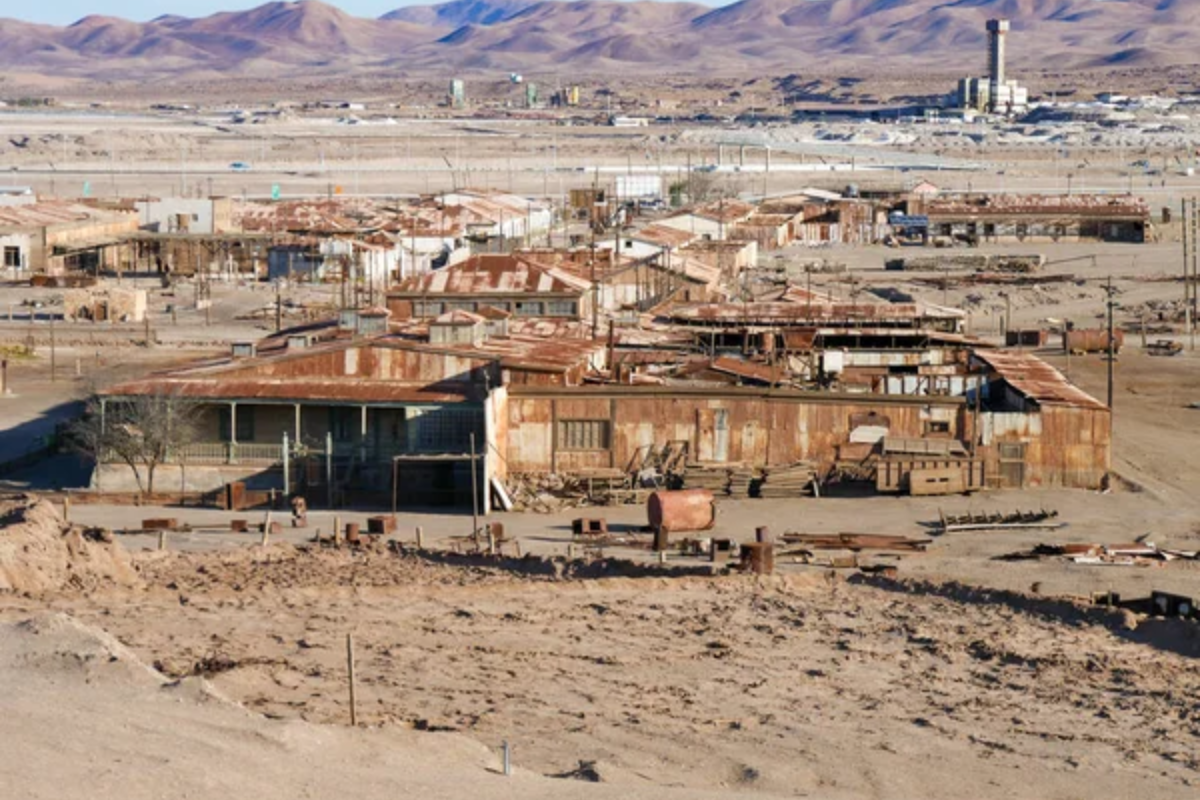
Adobe architecture dominates this New Mexico town, where many buildings date back to the Spanish colonial era, blending seamlessly with the high desert landscape. The historic plaza remains the heart of community life, surrounded by galleries, shops, and restaurants that occupy structures with thick walls and wooden vigas.
Native American and Hispanic influences permeate daily life, from traditional crafts to regional cuisine. The Sangre de Cristo Mountains provide a dramatic backdrop while protecting the town from harsh weather.
Like Travel Pug’s content? Follow us on MSN.
Sedona
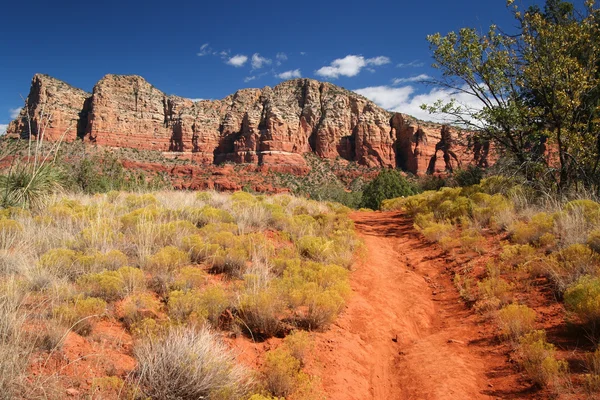
Red rock spires and buttes create a natural amphitheater around this Arizona town, where the landscape itself seems to radiate energy. The downtown area maintains its small-town feel despite its popularity with tourists and spiritual seekers.
Local businesses occupy buildings constructed from the same red sandstone that dominates the surrounding wilderness. Creek-side locations provide surprising green spaces that contrast beautifully with the desert colors.
Borrego Springs

California’s only desert city sits in the heart of Anza-Borrego Desert State Park, surrounded by 600,000 acres of protected wilderness. The town has embraced its Dark Sky designation, keeping light pollution to a minimum, so stars shine with uncommon brilliance.
Desert wildflower blooms transform the landscape each spring, drawing photographers and nature lovers from around the world. The community of about 3,500 residents maintains a relaxed pace that matches the desert environment.
Wickenburg
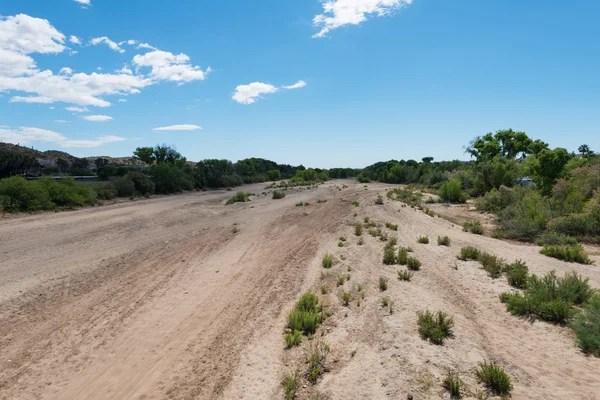
This Arizona town calls itself ‘America’s Dude Ranch Capital’ and has been welcoming visitors to experience authentic Western life since the 1930s. The historic downtown features buildings from the gold rush era, when the town served as a supply center for nearby mines.
Desert Museum and local shops occupy structures that have weathered decades of intense sun and occasional flash floods. The Hassayampa River flows through the town, supporting cottonwoods and willows that provide shade along the main street.
Like Travel Pug’s content? Follow us on MSN.
Tubac
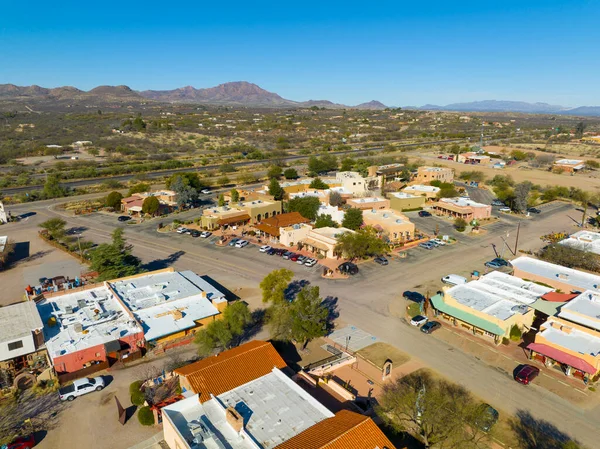
Arizona’s first European settlement maintains its Spanish colonial character through carefully preserved architecture and cultural traditions. The town sits along the Santa Cruz River, where cottonwoods and mesquite trees create a green corridor through the Sonoran Desert.
Art galleries and studios occupy historic buildings, continuing a creative tradition that dates back to the area’s mission period. The presidio ruins and museum provide tangible connections to the town’s 250-year history.
Oatman

This former gold mining town clings to the side of the Black Mountains along historic Route 66, where wild burros roam the streets, and tourists feed them hay purchased from local shops. The main street looks much as it did during the 1930s, with false-front buildings and wooden sidewalks creating an authentic Western atmosphere.
Daily gunfight shows and traditional saloons keep Old West traditions alive for modern visitors. The town’s elevation of 2,700 feet provides cooler temperatures than the desert floor below.
Panguitch
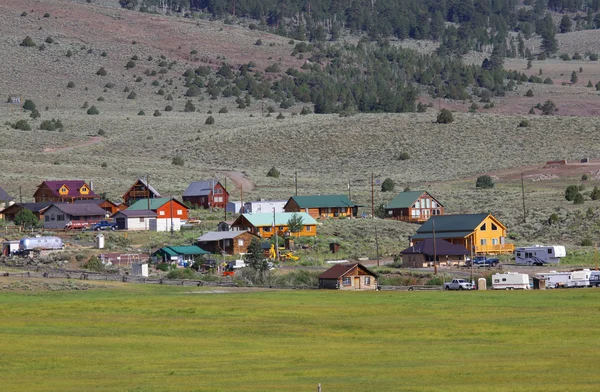
Southern Utah’s red rock country surrounds this small town, where Mormon pioneers established a community in the 1860s that still reflects their values and building traditions. The historic downtown district features brick buildings constructed with local clay, creating a warm, welcoming atmosphere.
Bryce Canyon National Park lies just 24 miles away, yet Panguitch maintains its agricultural character and small-town pace. The annual Quilt Walk Festival celebrates local history while bringing visitors into the community.
Like Travel Pug’s content? Follow us on MSN.
Twentynine Palms
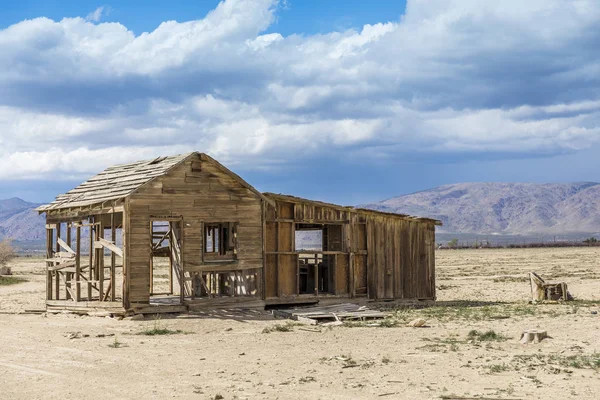
This California desert town serves as the gateway to Joshua Tree National Park, where the Mojave and Colorado deserts meet in a landscape of unique beauty. The community grew around a natural oasis, and palm trees still mark the location of the original water source.
Local businesses cater to park visitors while maintaining connections to the area’s ranching and mining heritage. The nearby Marine Corps base adds a military presence that has shaped the town’s character for decades.
Chloride
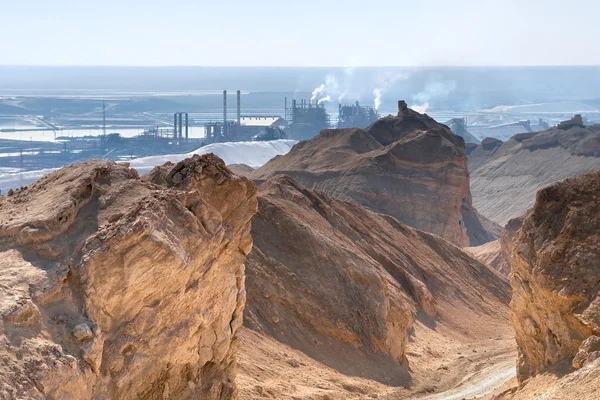
Arizona’s oldest continuously inhabited mining town sits in the Cerbat Mountains, where silver and turquoise deposits attracted settlers in the 1860s. The population of about 250 residents maintains a frontier atmosphere with wooden buildings and dusty streets.
Local artists have decorated nearby cliff faces with murals that blend into the natural rock formations. The town’s elevation of 4,000 feet provides cooler temperatures and occasional winter snow.
Pahrump
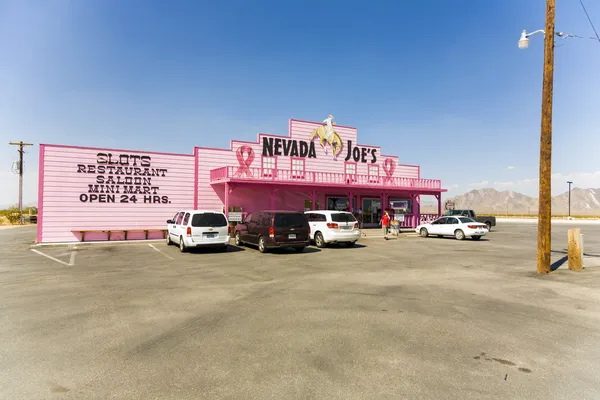
This Nevada town sprawls across a high desert valley between Las Vegas and Death Valley, where grape vineyards and farms create surprising green patches. The community maintains its rural character despite steady growth, with wide streets and low buildings that don’t compete with the surrounding mountain views.
Local wineries take advantage of the high altitude and temperature variations to produce quality wines. The town serves as a supply center for Death Valley visitors while maintaining its agricultural roots.
Like Travel Pug’s content? Follow us on MSN.
Salome
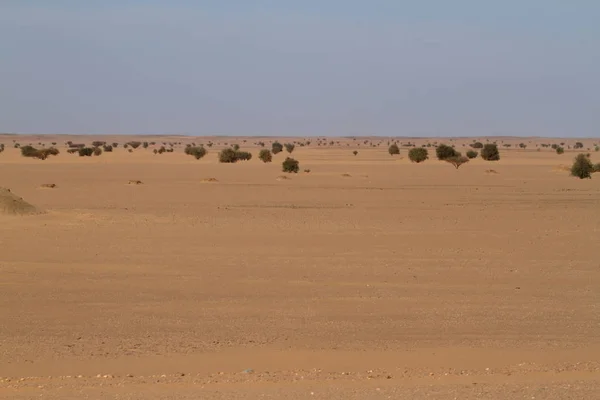
This tiny Arizona town sits along Highway 60 in the heart of the Sonoran Desert, where the population has remained under 2,000 for decades. The community center and local businesses occupy buildings that have weathered countless sandstorms and summer heat waves.
Desert landscaping and minimal development allow the natural beauty of the surrounding wilderness to dominate the scene. The town’s name comes from a local legend about a woman who danced here, adding a touch of mystery to its desert setting.
Where Desert Dreams Take Root
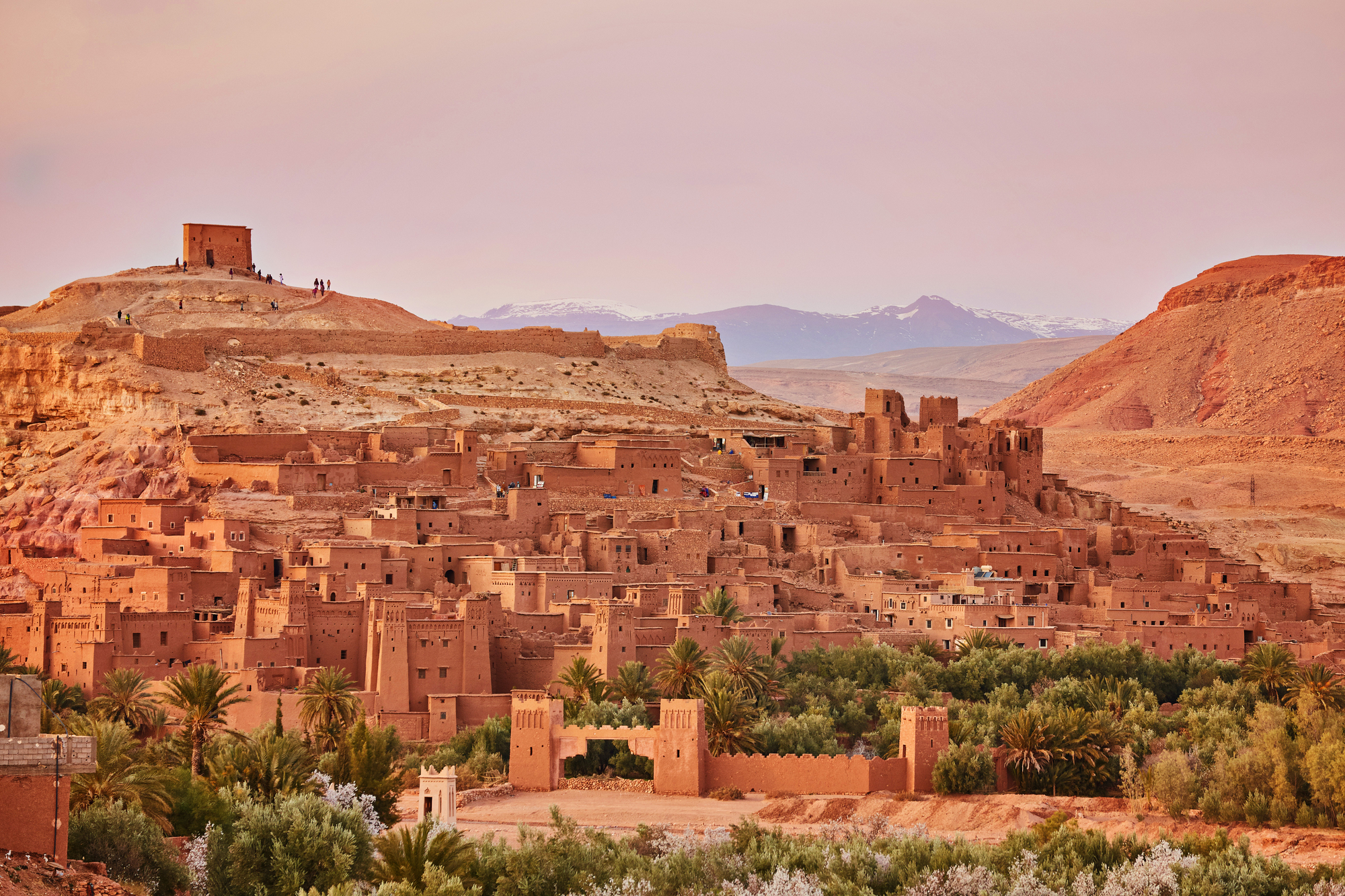
These communities prove that progress doesn’t always mean losing character—sometimes, it means choosing to preserve what makes a place special. Each town offers visitors a chance to experience authentic desert life, where the pace matches the landscape, and neighbors still know each other’s names.
The timeless charm of these desert communities continues to attract people seeking alternatives to urban complexity, ensuring their unique characters will endure for generations to come.
More from Travel Pug

- 20 Best Beach Towns in the Carolinas
- 13 Destinations Where Tourists Regularly Regret Their Trip
- 20 Things You Actually Get in First Class
- 20 Small Airports With Aviation Museums
- 20 Places in the U.S. That Are Perfect for a Reset Trip
Like Travel Pug’s content? Follow us on MSN.
